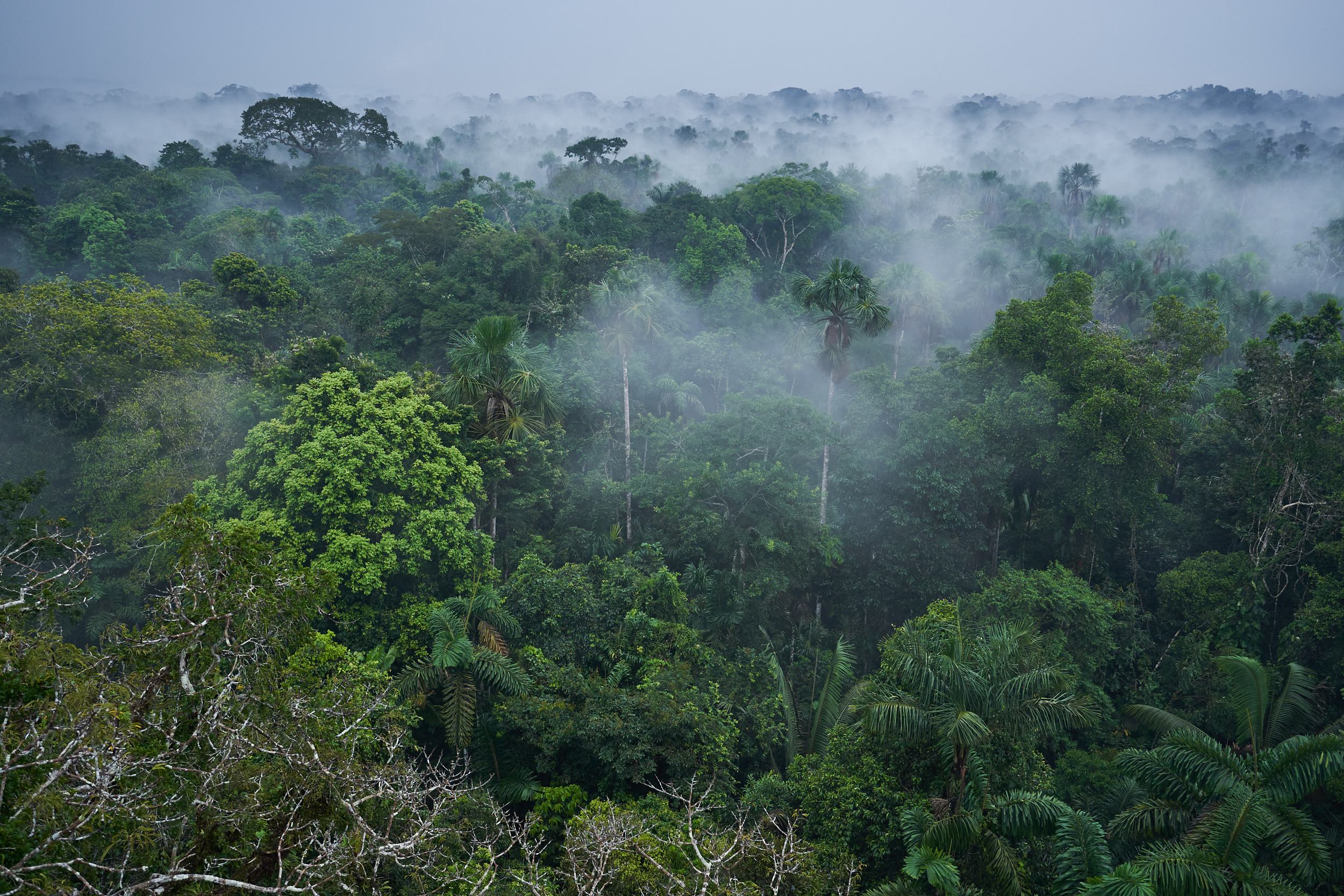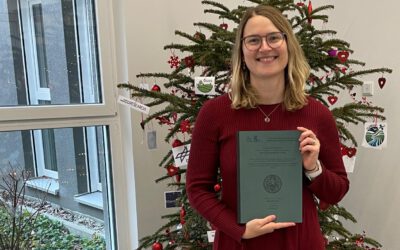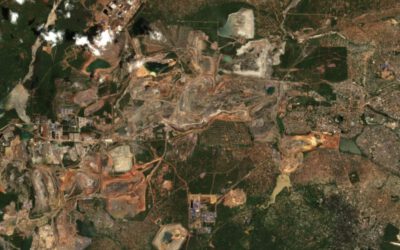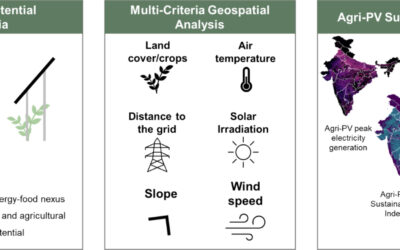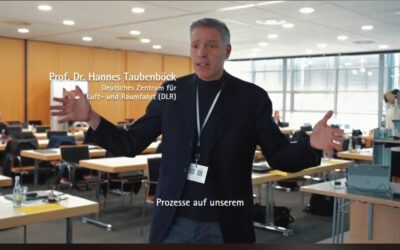We are glad that a new research article has been published in cooperation with our partners at Martin-Luther-University Halle/Wittenberg and with great support of two EAGLE students: Deforestation in Continental Ecuador with a Focus on Protected Areas
The abstract: Forest conservation is of particular concern in tropical regions where a large refuge of biodiversity is still existing. These areas are threatened by deforestation, forest degradation and fragmentation. Especially, pressures of anthropogenic activities adjacent to these areas significantly influence conservation effectiveness. Ecuador was chosen as study area since it is a globally relevant center of forest ecosystems and biodiversity. We identified hotspots of deforestation on the national level of continental Ecuador between 1990 and 2018, analyzed the most significant drivers of deforestation on national and biome level (the Coast, the Andes, The Amazon) as well as inside
protected areas in Ecuador by using multiple regression analysis. We separated the national system of protected areas (SNAP) into higher and lower protection levels. Besides SNAP, we also considered Biosphere Reserves (BRs) and Ramsar sites. In addition, we investigated the rates and spatial patterns of deforestation in protected areas and buffer zones (5 km and 10 km outwards the protected area boundaries) using landscape metrics. Between 1990 and 2018, approximately 4% of the accumulated deforestation occurred within the boundaries of SNAP, and up to 25.5% in buffer zones. The highest rates of deforestation have been found in the 5 km buffer zone around the protected areas with the highest protection level. Protected areas and their buffer zones with higher protection status were identified as the most deforested areas among SNAP. BRs had the highest deforestation rates among all protected areas but most of these areas just became BRs after the year 2000. The most important driver of deforestation is agriculture. Other relevant drivers differ between the biomes. The results suggest that the SNAP is generally effective to prevent deforestation within their protection boundaries. However, deforestation around protected areas can undermine conservation strategies to sustain biodiversity. Actions to address such dynamics and patterns of deforestation and forest fragmentation, and developing conservation strategies of their landscape context are urgently needed especially in the buffer zones of areas with the highest protection status.
Full article: Kleemann, J.; Zamora, C.; Villacis-Chiluisa, A.B.; Cuenca, P.; Koo, H.; Noh, J.K.; Fürst, C.; Thiel, M. Deforestation in Continental Ecuador with a Focus on Protected Areas. Land 2022, 11, 268. https://doi.org/10.3390/land11020268

